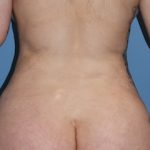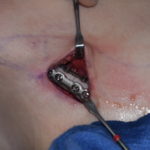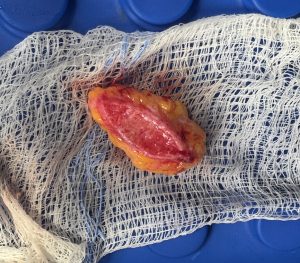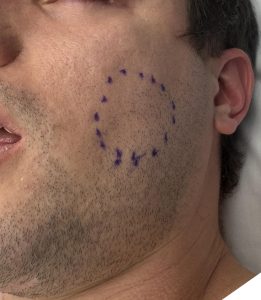Background: The buccal lipectomy procedure has become a popular surgical method for reduction of the full cheeks. While it can be effective for the patient with full cheeks it is also used in the normal cheek contour patient desires a greater amount of indentation or concavity under the cheekbone (the so-called model look). While an effective procedure it is possible that in some patients the effect will be too significant. In these patients they get an undesired amount of indentation that they find aesthetically bothersome.
Like all aesthetic facial reshaping procedures there is the infrequent need for a reversal. The buccal lipectomy procedure would be no different. For most soft tissue facial defects the use of injections would be the primary method of treatment. Whether this is synthetic fillers or fat the injection method can place the augmentation material fairly accurately into the indented area and it does so in a nonsurgical or minimally invasive manner. But fat injections can have unreliable volume retention and most synthetic fillers in the United States do not assure permanent effects. As a result some patients may prefer to put back a solid fat graft just like the buccal fat pad was when it was removed. This is what is known as an anatomic buccal lipectomy reversal.
The anatomic buccal lipectomy reversal procedure uses a dermal–fat graft. This is typically harvested due a small flank incision. The dermis is maintained on the fat graft for handling purposes. It has been historically argued that the dermis provides a rapid revascularization of the attached fat through its microvascular connections. As a result the attached dermis may have a dual benefit. Just like the buccal fat pad that was removed intraorally the dermal–fat graft is placed back into the empty buccal space through the same intraoral approach. The key to its success is accurate placement and retention in the empty buccal space.
Case Study: This male had buccal lipectomies performed at the time of a LeFort I osteotomy. It was done at the suggestion of the surgeon and at the time the patient thought it was a good idea. Postoperatively, however, an undesired cheek indentation occurred which was aesthetically bothersome to the patient. An injection approach was offered to the patient but he preferred a solid fat graft. This would be the most anatomically accurate method of reversal.
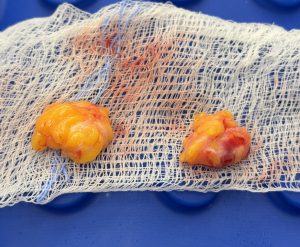
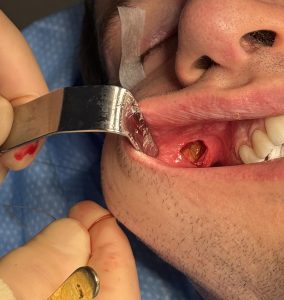
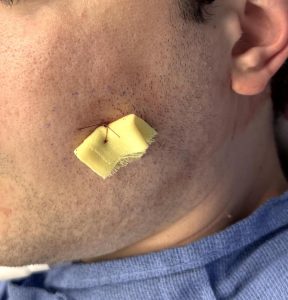
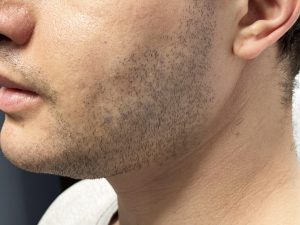
While the placement of a solid fat graft is more ‘invasive’ than that of fat injections the most relevant question is how of the fat graft survives. The history of dermal-fat grafts goes back over 100 years and human studies of their survival rates were actually done in the 1950s. Such solid fat grafts were implanted into the rectus abdominal muscle and then extracted at various times later and the graft size meaured. (A clinical study that could never be done today) The survival rates were 50% or greater. I see no reason such a fat graft placed into the buccal space would perform any less.
Highlights:
- An anatomic buccal lipectomy reversal consists of putting a solid fat graft back into the empty buccal space.
- A dermal-fat is harvested from the flanks and split into 2 grafts for bilateral placement.
- To ensure placement of the graft into the buccal space a pull through suture technique is used which is then tied over a bolster.
Dr. Barry Eppley
World-Renowned Plastic Surgeon

